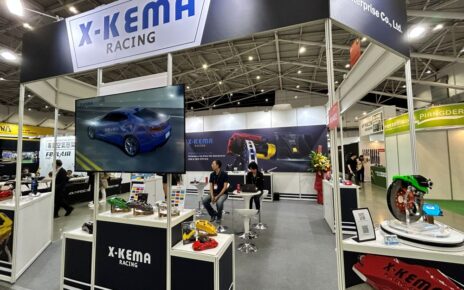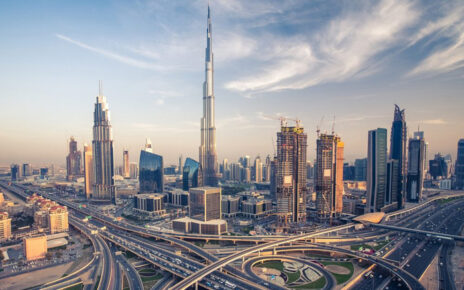In a significant milestone that marks two decades of innovation and technical excellence, Parker Racor’s R&D office in Stuttgart, Germany, celebrated its 20th anniversary in November 2024. Established on November 1, 2004, in Stuttgart-Wangen, the facility was strategically set up to cater to the evolving requirements of leading OEMs in Germany and across the globe.
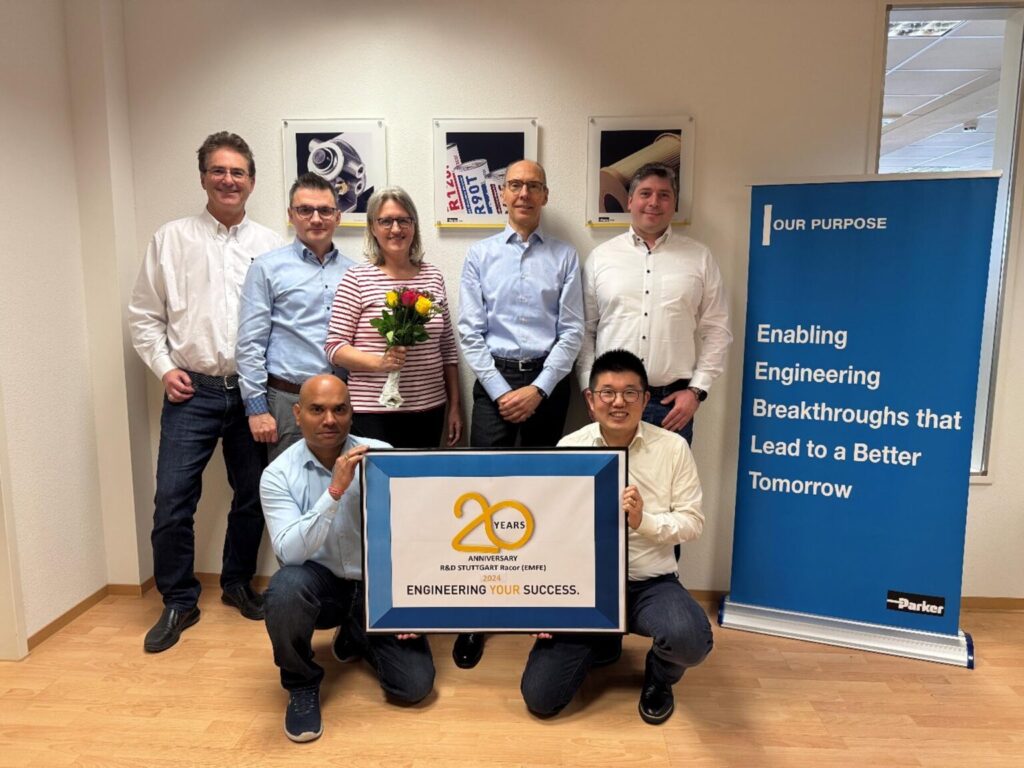
Part of the Engine Mobile Filtration Europe (EMFE) Division, Parker Racor’s Stuttgart office plays a pivotal role in developing cutting-edge fuel, air, and oil filtration solutions for diesel Euro 7 engines. In recent years, the team has extended its focus to developing advanced technologies that align with the global shift towards zero-emission mobility, including alternative fuel solutions such as hydrogen fuel filtration, cathode air filters, and humidifiers.
Driving Local Innovation with Global Reach
Located at the heart of Germany’s automotive manufacturing hub, the Stuttgart office supports OEM giants like Daimler Truck, MAN Truck, Cellcentric, Bosch, and MTU. With a dedicated team of seven engineers, the facility offers localized expertise while tapping into Parker’s global engineering network to deliver tailored filtration solutions for high-performance diesel and hydrogen engines.
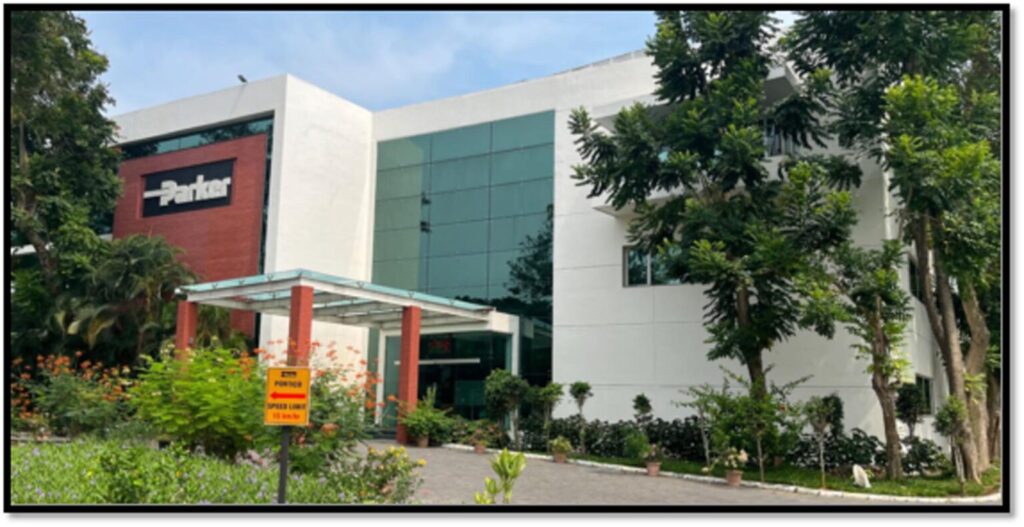
“Being in proximity to top-tier OEMs enables us to co-develop and respond quickly to project requirements, leveraging both our regional and global competencies,” says Mr. Burkhard Hartmann, Head of the Stuttgart Office.
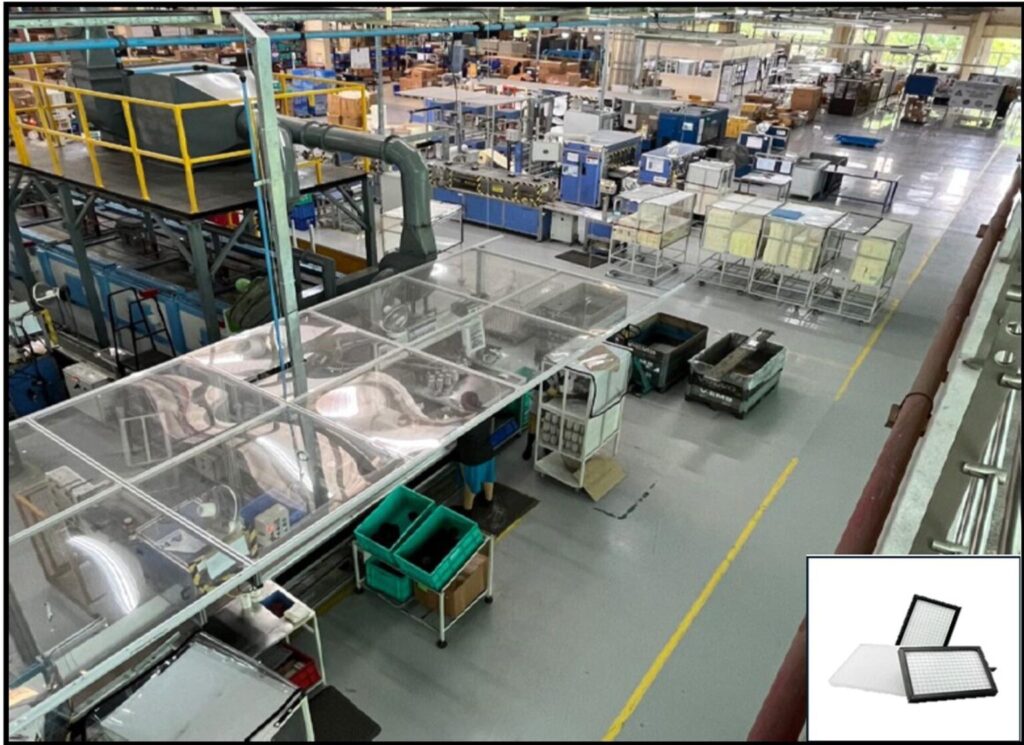
The Stuttgart R&D centre is ISO 9001 and IATF-certified for the design and project coordination of Racor filtration products, ensuring full compliance with global automotive quality and safety standards.
Enabling the Transition to Zero Emission Mobility
Recognizing the urgent need to reduce transportation-related CO₂ emissions, Parker is actively developing products that support zero-emission technologies across mobility platforms. Fuel Cell Electric Vehicles (FCEVs) are emerging as a game-changer for long-haul, heavy-duty transport. However, their performance depends heavily on the purity of hydrogen and air used within the fuel cell system.
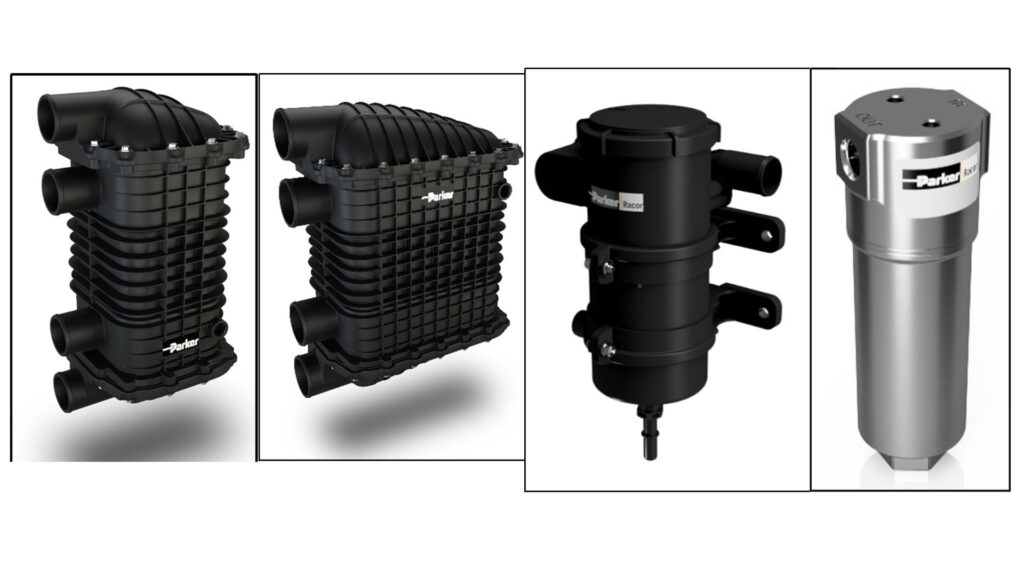
Parker addresses this challenge through its advanced cathode air filters designed to protect the fuel cell stack from particulate matter and harmful gases. Multiple media grades are available to tailor performance to specific application needs, ensuring high filtration efficiency and extended service intervals.
Further innovations include a high-performance hollow fibre humidifier currently under development. Designed to optimise cathode air humidity levels, this product family targets fuel cell stacks in the 50–150 kW range. Complementing this is a coalescing hydrogen filter that effectively removes contaminants and liquid carryovers from hydrogen fuel, ensuring system integrity and safety.
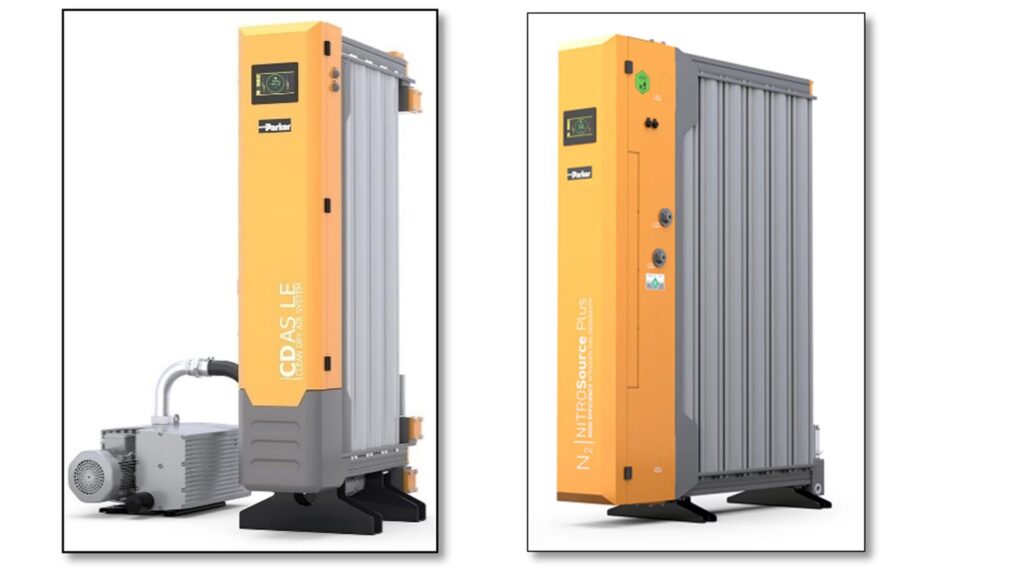
Another path toward zero emissions is the Hydrogen Internal Combustion Engine (H2 ICE). For these engines, managing crankcase ventilation is crucial to reducing emissions and protecting engine components. Parker’s patented CCV filters featuring Super Impactor technology offer robust blow-by gas filtration, safeguarding turbochargers and maintaining optimal crankcase pressure.
Collaboration with India: A Strategic Growth Avenue
Building on its German engineering foundation, Parker Racor is actively expanding its zero-emission capabilities to emerging markets, particularly India. The Stuttgart team collaborates closely with Parker India to support key OEMs such as Tata Motors, Ashok Leyland, VECV, Bosch, and BharatBenz in developing H2 ICE solutions and next-gen filtration technologies.
Parker’s India Filtration Division (IFD) is strategically aligned with the country’s mobility transformation goals. IFD is expanding its Engine & Mobile platform offerings by adding cabin air filtration, DEF/Urea filtration, and crankcase ventilation solutions. The division is also investing in green hydrogen technologies to meet the future needs of Indian and global customers.
Beyond Mobility: Industrial Filtration Innovations
While mobility remains a core focus, Parker continues to innovate across industrial applications. The Nitrosource Plus nitrogen gas generators are a prime example. These systems produce high-purity nitrogen on-site from compressed air using advanced Pressure Swing Adsorption (PSA) technology. With low dew points and a compact, modular design, Nitrosource Plus eliminates the logistical and safety challenges of delivered nitrogen, making it an ideal solution for electronics soldering, food packaging, and additive manufacturing. The Carbon Molecular Sieve (CMS) within the system delivers over 10 years of service life when properly maintained, offering excellent long-term ROI.
Another flagship innovation is the CDAS LE (Low Energy) Clean Dry Air System, which delivers ISO 8573-1 compliant air with pressure dew points as low as -70°C. The system incorporates vacuum-assisted heatless regeneration, offering up to 63% energy savings over traditional dryers. With advanced features like a colour HMI touchscreen, MODBUS connectivity, and dew point-dependent switching, CDAS LE systems provide unmatched reliability and energy efficiency for industrial compressed air applications.
Looking Ahead: Engineering a Cleaner Tomorrow
As Parker Racor Stuttgart commemorates 20 years of engineering excellence, its focus is firmly on the future. The facility remains committed to developing solutions that accelerate the transition to cleaner mobility and sustainable industrial operations.
With a robust pipeline of innovations and a growing collaboration with strategic markets like India, Parker Racor is well-positioned to lead the filtration revolution for the next generation of low- and zero-emission technologies.
“Whether it’s Euro 7 compliance, hydrogen fuel cells, or H2 ICE, our mission is to be the filtration partner of choice for OEMs worldwide,” concludes Mr. Hartmann. “The journey ahead is challenging, but with our strong legacy and future-ready mindset, we’re confident of shaping a greener future—one filter at a time.”



